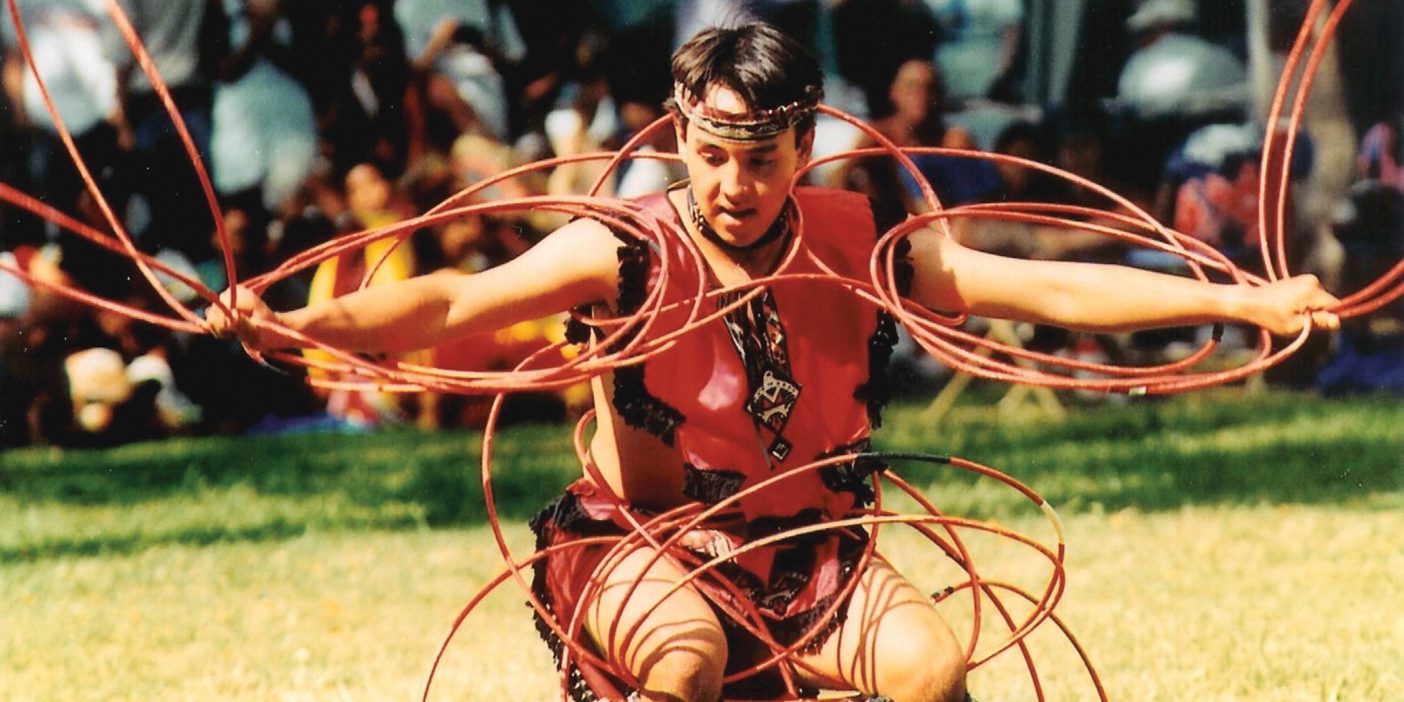By Grant Madsen
When two blind students approached Brent Harker with the idea of making BYU’s Internet site more accessible to sightless users, he wasn’t quite sure he’d heard them right.
“I was a little perplexed at first,” admits Harker, BYU’s director of Web Communications. “Because the ‘Net is such a visual medium, it honestly never crossed my mind that a blind student would want to use it or could use it for that matter.”
C.J. Sampson, one of the students, was not surprised. “Most Web designers don’t stop to think that a sightless person might use it,” says Sampson, a senior English major from Sunnyvale, Calif. “That’s what makes it so hard for us to get around online.”
The students introduced Harker to JAWS, a software program for the blind that uses a computerized voice to recite text through a system’s speakers. Since a Web page’s links (the “clickable” connections between pages) use a text-only computer code, the sonic software can read them, Harker says.
But the code can be confusing to people relying on their ears to determine what is on a computer screen. “Unfortunately, most links contain non-descriptive lines of text, such as ‘click here,'” Harker says, adding that such audible ambiguity is the curse of cyberspace for the sightless.
To remedy the situation, BYU’s Web team has worked to make the links on BYU’s Web pages more descriptive, thus facilitating online navigation for blind students. “Now JAWS explains in plain English exactly what the blind can expect,” says Harker.
Transparent images only detectable to JAWS now lace many of the university’s Web pages as well, says Harker. Each prompts the voice program to give the blind clear instructions on how to best navigate the page.
And although much work remains to bring all of BYU’s 100,000-plus Web pages up to suggested accessibility levels, blind students have already noticed a difference.
Brooke Sexton, a senior from Dublin, Calif., says she finds it tedious to work her way through most Web pages. Navigating BYU’s simplified system is a comparative breeze, she says.
“It’s helped tremendously,” says Sexton, a human development major who is also president of the Utah Association for Blind Students. “When I was a freshman trying to use BYU’s Web page there was no way to go from link to link without help. Now I can actually use it by myself.”
According to the official Web site of the National Federation for the Blind, the largest organization of the blind in the United States, many of its 50,000 members use the Internet. The site https://www.nfb.org/webacc.htm) offers guidelines for people interested in making the Web more accessible to the blind.
“This audience has been ignored, albeit inadvertently,” says Harker. “But it’s time to stop ignoring them.”









